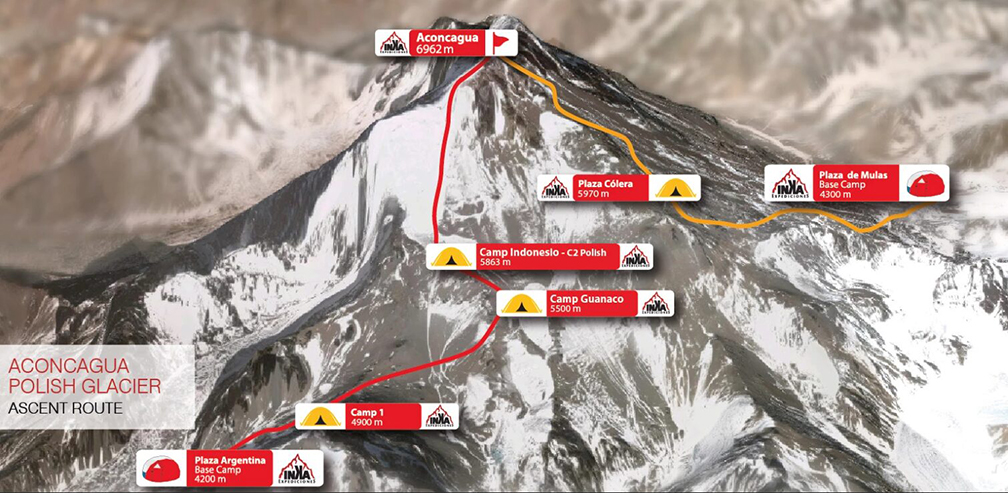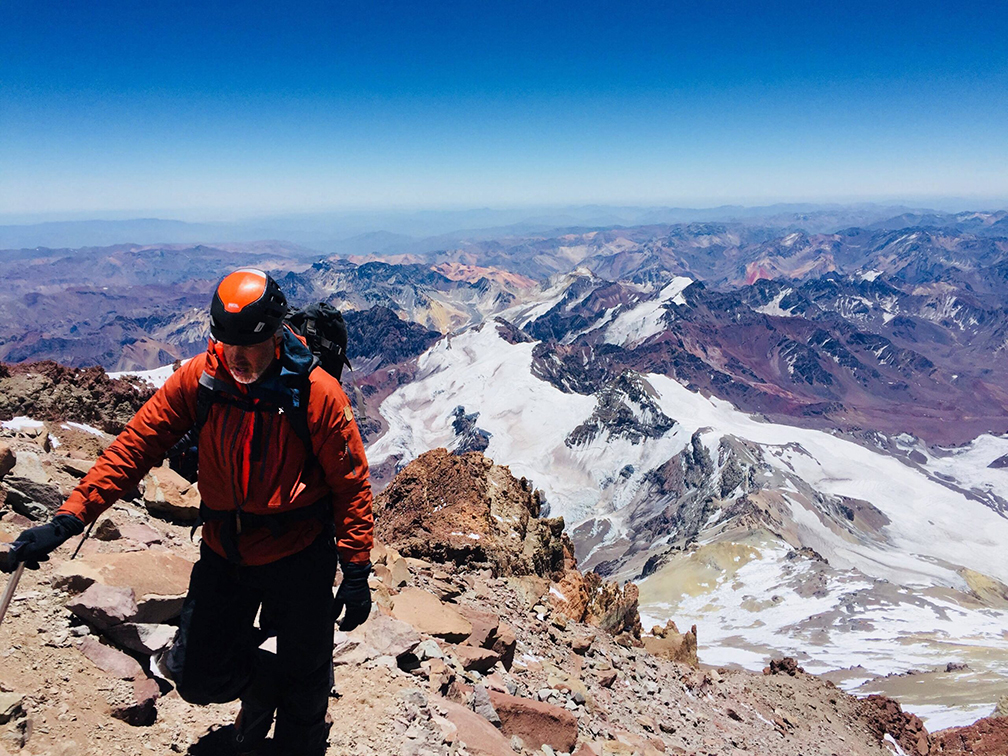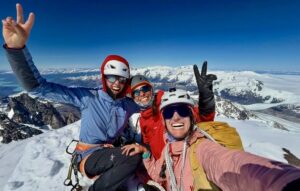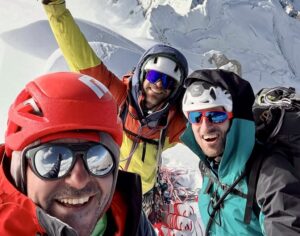Aconcagua National Park opens today to trekkers and climbers, with new regulations that include increased permit fees.
A new law aimed at preserving the park ecosystem differentiates between day visits and longer treks or climbs, in which visitors spend several nights within the park.
At 6,960m, Aconcagua is the highest peak in South America. Every austral summer, the mountain attracts hundreds of climbers pursuing the Seven Summits — doing the highest peaks in South America (Aconcagua), North America (Denali), Europe (Elbrus), Asia (Everest), Africa (Kilimanjaro), Oceania (Carstensz Pyramid), and Antarctica (Mt. Vinson).
Fee breakdown
As in previous years, the climbing fee for Aconcagua varies depending on the access point to the mountain, the climber’s nationality, and whether they hire services from a local operator.
Climbers from outside Latin America have to pay $1,400, $100 more than last year if they climb the normal route from Valle de Horcones. The fee goes up to $1,600 for the so-called Polish Glacier route and the 360º Traverse around the mountain. This starts and finishes at Quebrada de Vacas.

The Polish Glacier route is in red, and the normal route from Plaza de Mulas is in yellow. Photo: Inka Expeditions
The permit fees are $550 lower when using a local outfitter. Climbers from any Latin American country, from Mexico south, pay $1,050 from Horcones and $1,300 from Vacas if they climb independently or with a foreign guide, and $660 and $820, respectively, when hiring local logistics.
Argentinian nationals have a special, lower fee in local currency, which ranges from 165,000 pesos ($165) and 55,000 pesos ($55). There is also a basic fee for local climbers from the Mendoza region.
The Aconcagua climbing and trekking season runs until April 30, 2025.
Trekking fees are established according to similar criteria, including the starting point and the length of the stay — seven days for the longer trek, three days for a short trek, and a lower fee for day trips. Read all the information and options here.
The U.S. embassy has also put together a list of recommendations for American visitors.






